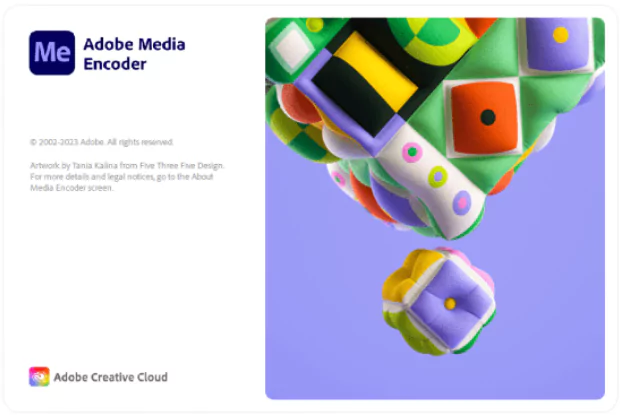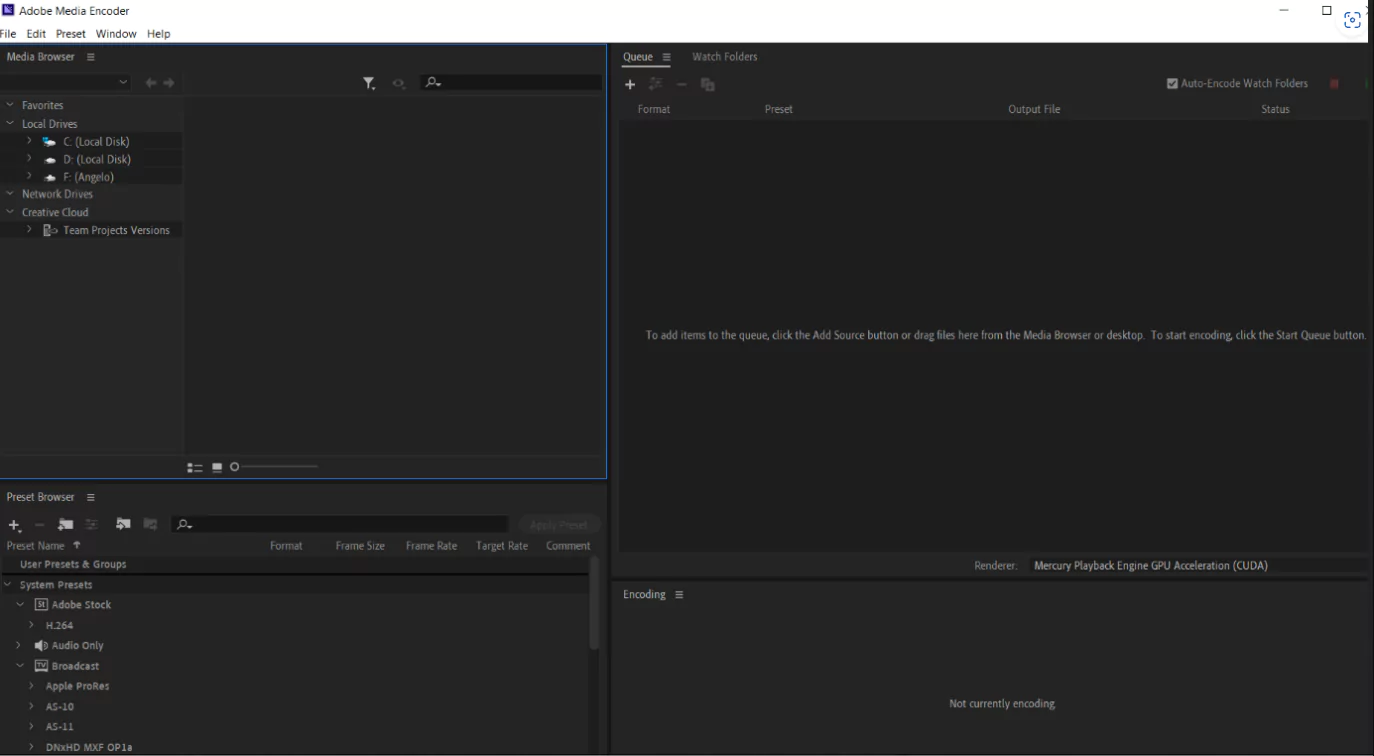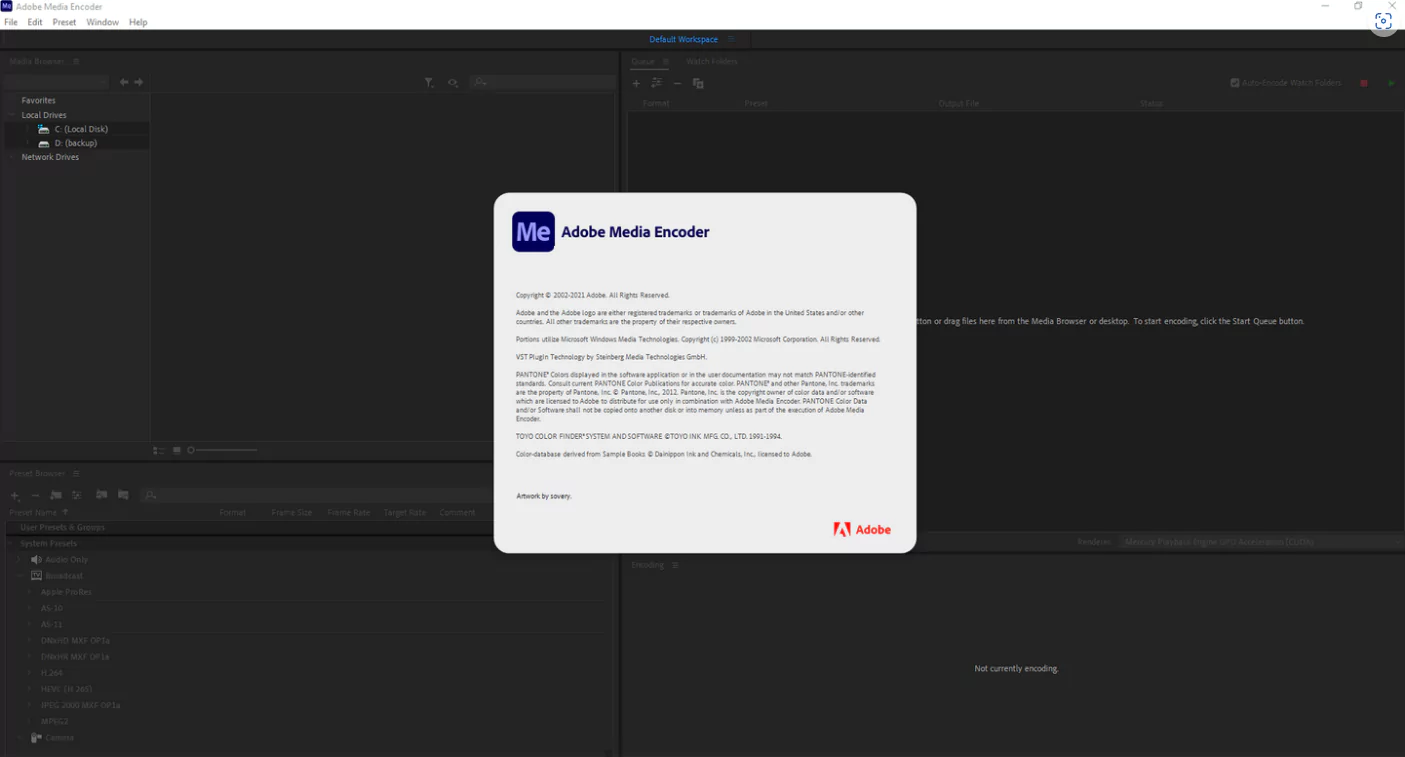Are you Windows PC user and are you finding Latest Adobe Media Encoder PreActivated / RePack / Crack / Full Version free for your Windows PC? I think you’re in right place!
Adobe Premiere Pro and Adobe After Effects will be available. This is Adobe Media Encoder and other programs. Is it surprising? Includes Adobe Premiere Pro, Adobe After Effects, Adobe Audition, Adobe Character Animator and Adobe Prelude. acts as the main encoder.
In addition, Adobe Media Encoder can be a powerful standalone tool. We’ll explore when and how to use Adobe Media Encoder to help you deliver audio and video in the best possible format.
Overview of Adobe Media Encoder
Adobe Media Encoder is a processing program that converts your video files into the final viewing format.
Although you can download Media Encoder on its own, if you have a subscription to Adobe Premiere Pro or Adobe After Effects, Adobe Media Encoder is included in one of those subscription packages. This is because Adobe Media Encoder is the engine that encodes video for export within these programs.
Features of Adobe Media Encoder
Streamline the creative process
Media Encoder is a powerful program that allows you to output your video only to its final format. It allows you to speed up your workflow by exporting files, creating proxies, and converting to other formats without having to open an editor. It should be included in the editing process to facilitate the creation process.

Convert file types
You can use Adobe Media Encoder to convert multiple audio or video files to different formats in one sequence. Import the audio or video file directly into Media Encoder to set the file format. Once there, the media encoder can choose what file types to encode. After selecting a file type, Media Encoder will export the file to the location you selected.

Proxy
One of the best ways to speed up the editing process is to use a proxy while editing. We talk a lot about proxies here, but in short, proxies are low-resolution versions of your video files that sit in place of the high-resolution video files in your timeline. When you’re ready to export your final video, the lower-resolution files will run faster in your video editing software and save the higher-resolution footage.
Premiere Pro will automatically send your clip to Adobe Media Encoder and create a proxy to attach to your project window.

Basic export
When exporting video to Adobe Premiere Pro or Adobe After Effects, editing is not possible until the export is complete. However, if you choose to queue your video, it will send your video to Media Encoder. Once you’ve confirmed your export presets and output address, your video will start exporting. You can then edit at the same time in the editor of your choice. Depending on your computer, this may slow down the editing process and cause some lag. If your computer can handle this level of processing, you can definitely take advantage.
Final Words
Adobe Media Encoder is a video editing software that will save editors countless hours waiting for their videos to be exported. But how to use Adobe Media Encoder? We’ll answer that question by looking at how Media Encoder works and why video editors choose to use it in conjunction with programs like After Effects and Premiere Pro. Finally, you’ll have all the knowledge you need to maximize your video editing workflow.
System Requirements
- 64-bit version of Microsoft Windows 10 / 11 (version 22H2 or later) ; 64-bit version of Microsoft Windows 10 / 11
- 6th generation Intel or AMD Ryzen 1000 series processor with AVX2 support (11th generation Intel processor / newer CPU with Quick Sync support or AMD Ryzen 3000 series recommended / Threadripper 2000 series)
- 8 GB RAM (16 GB recommended for HD media; 32 GB for 4K media)
- 8 GB available hard drive space; Additional free space required during installation
- Video card with 2 GB VRAM (4 GB recommended for HD and some 4K work; 6 GB for 4K work)
- Screen resolution of 1920×1080 or higher (HDR 1000 recommended for HDR workflows)
- Sound card supporting ASIO or Microsoft Windows Driver Model
- 1 Gbps network card for HD media sharing (10 Gbps recommended for 4K media sharing)
- Internet connection and registration required to access online services









